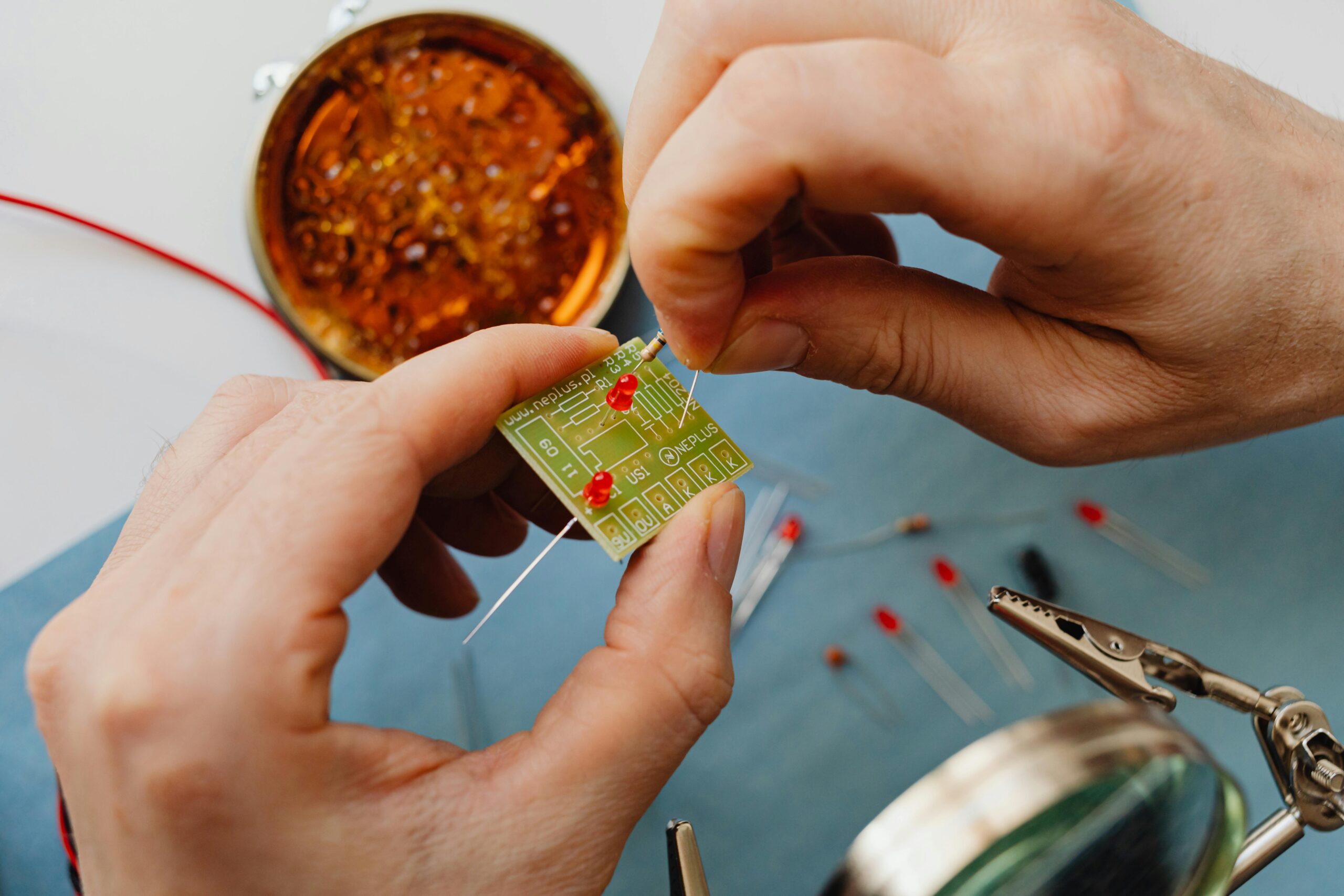Smart Ways to Solder Wires Effectively in 2025: Discover Proven Techniques for Better Connections
Soldering wires is an essential skill in the world of electronics and DIY projects. Mastering soldering techniques not only ensures strong electrical connections but also enhances the durability and reliability of your projects. As we advance through 2025, innovative methods and improved understanding of soldering materials are transforming the way enthusiasts and professionals approach this crucial task. This article aims to equip you with effective techniques for soldering wires safely and efficiently.
Understanding the benefits of proper soldering practices can lead to better connections in various applications, including circuit board soldering, audio wiring, and more. We will cover key aspects such as solder types, soldering iron settings, and wire preparation to elevate your soldering skills. Additionally, we will address common mistakes and provide valuable soldering tips for beginners.

By the end of this guide, you will have a comprehensive understanding of how to solder wires effectively, ensuring longevity and quality in your connections. Let’s dive in!
Essential Techniques for Soldering Wires Together
Building upon the fundamentals of soldering, mastering essential techniques allows for creating robust electrical connections in various applications. These techniques provide a solid foundation for both beginners and experienced soldering enthusiasts.
Understanding Solder Types
Various solder types are available, each suitable for different applications. The most common types are lead-based and lead-free solder. Lead-based solder has superior flow and lower melting points, but health concerns have prompted many to shift toward lead-free options. Understanding your project’s requirements will help you select the appropriate type.
When choosing your solder, consider factors such as melting points, compatibility with components, and electrical conductivity. For instance, lead-free solder often requires higher temperatures, which influences your soldering temperature settings and techniques.
Preparing Wires for Soldering
Proper wire preparation is crucial for successful soldering. Strip the insulation carefully to expose the copper strands, avoiding damage to the wire. Proper preparation ensures that the solder forms a clean and solid connection. Be mindful of the soldering wire size and gauge, as this influences the strength of the joint.

Additionally, twist or tin the exposed wire strands before soldering; this helps create a better bond. These simple steps are key to successful soldering wire connections.
Choosing the Right Soldering Iron
The soldering iron you choose can significantly affect the quality of your connections. Look for an iron with adjustable temperature settings to ensure it suits the type of solder you are using. A good quality soldering iron will provide consistent heat, allowing you to make precise and accurate joints.
Maintain your soldering iron tip by cleaning it regularly to avoid contamination. A clean tip ensures proper heat transfer and prevents soldering defects. Proper maintenance of your soldering equipment can significantly enhance your soldering outcomes.
Safety Precautions in Soldering
With the importance of soldering skills established, it’s paramount to emphasize soldering safety practices. Safe soldering minimizes risks and promotes a secure working environment.
Using Safety Gear
Always wear protective eyewear to shield your eyes from flux fumes and splashes of molten solder. It’s also advisable to work in a well-ventilated area to prevent inhaling harmful fumes. Use heat-resistant gloves if necessary, particularly when working with hotter soldering temperatures.
Understanding Soldering Flux
Soldering flux promotes adhesion and improves the flow of solder. Choose an appropriate flux type based on your solder to enhance joint quality. Be aware that some flux can produce harmful fumes, making ventilation crucial during the soldering process.
Adhering to Proper Work Habits
Establish a clean and organized workspace. Avoid clutter to minimize potential hazards and distractions. Ensure all your soldering tools and materials are within reach, reducing the chances of accidents. Following strict safety guidelines enhances your soldering experience and outcomes.
Improving Your Soldering Skills
Once the foundational techniques and safety practices are in place, improving your soldering skills becomes the next logical step. Refining your soldering practices allows for enhanced precision and quality in electrical connections.
Common Soldering Mistakes to Avoid
Identifying and avoiding common mistakes in soldering can significantly improve your results. One common mistake is using insufficient heat, which leads to cold solder joints that fail to conduct electricity effectively. Ensure your soldering iron is adequately heated before making a joint.
Another mistake is applying too much solder, resulting in blobs and bridges between connections. Aim for a clean, shiny solder joint, indicating a strong connection. Emphasize quality over quantity in your soldering endeavors to achieve better results.
Step-by-Step Soldering Process
Follow a structured soldering process when approaching a new project. Begin by preparing your workspace, selecting appropriate tools, and understanding the circuit layout. Next, heat your soldering iron and tin it before soldering.
Choose the right solder for your application and apply it evenly as you join components. Finally, inspect the solder joint for quality and track its performance in the intended application.
Conclusion
Soldering wires effectively is a skill that can be developed with practice and knowledge. In 2025, leveraging advanced techniques, tools, and safe practices ensures successful connections in various projects. As you explore the realm of soldering, remember the importance of proper preparation, safety guidelines, and ongoing improvement in your soldering skills.
For further reading on soldering techniques, visit this soldering guide or learn about soldering for repair at this link.
